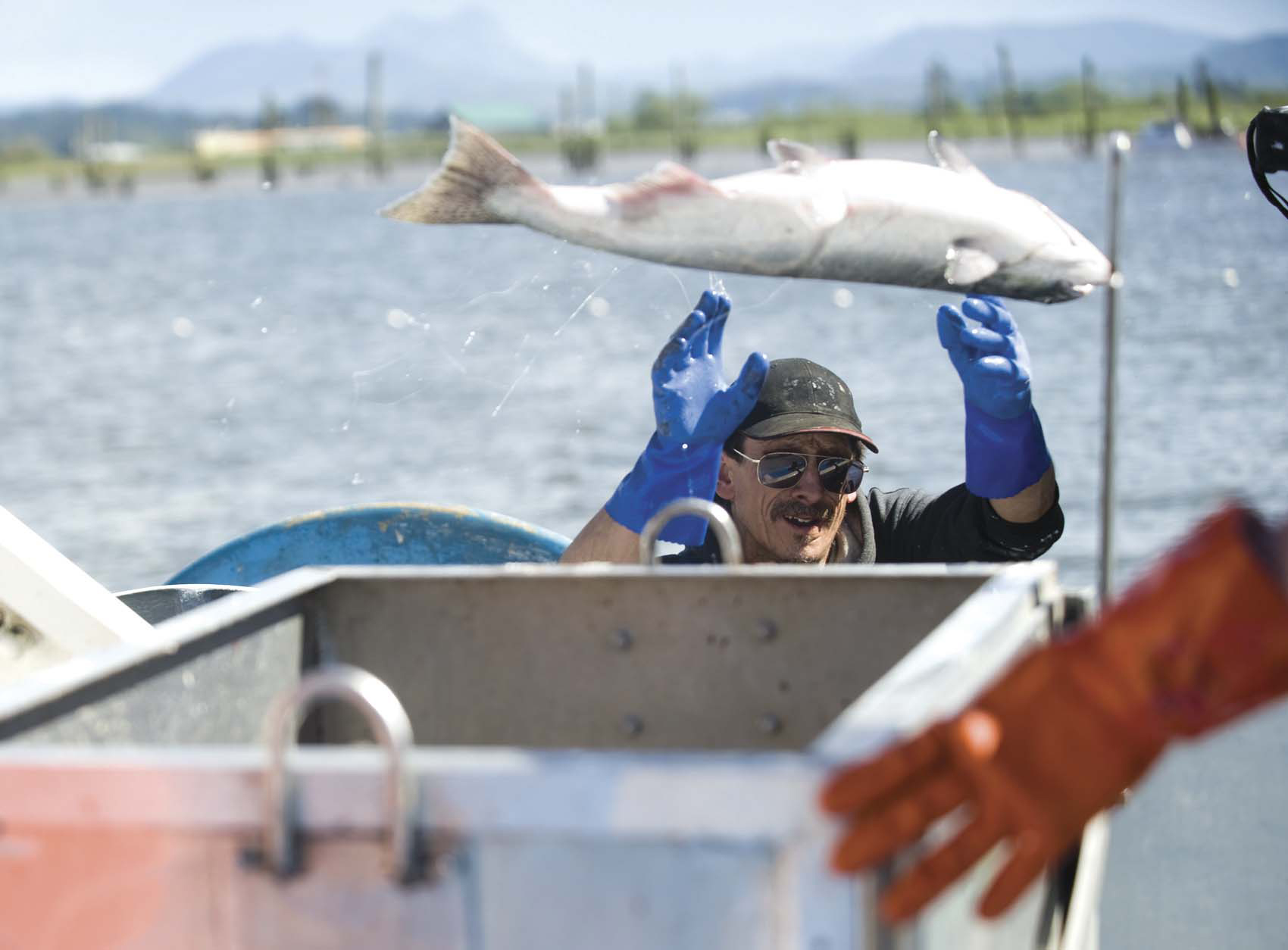TUMWATER — Gillnetters took what may be their final shot Saturday at derailing a massive revamping of lower Columbia River sport and commercial fishing regulations, telling the Washington Fish and Wildlife Commission the proposed overhaul is just an salmon grab by sportsmen.
“It’s a big scam,” said Georgia Marincovich of Astoria. “There is no need for this plan. It’s allocation, allocation, allocation to the sports.”
The Oregon Fish and Wildlife Commission voted 4-2 last week to approve the shifting of gillnets out of the main lower Columbia River and into off-channel spots like Youngs Bay at Astoria by 2017.
The plan makes sport fishing the priority in the lower Columbia, allocating up to 80 percent of the spring chinook and almost 100 percent of the summer chinook to anglers by 2017.
It also calls for increasing hatchery production of coho, spring chinook and fall chinook in the off-channel areas to offset the loss of main stem fisheries and to transition to alternative commercial gear such as purse and beach seines.
Washington’s commission listened to three hours of public testimony on the revamping Saturday and will make its decision Jan. 11-12 in Olympia.
The fisheries overhaul was jump-started when sport-fishing and conservation interests got Measure 81 on the November ballot in Oregon. The measure would have outlawed gillnets and tangle nets in Oregon waters — and much of the lower Columbia is on the Oregon side of the boundary.
In August, Oregon Gov. John Kitzhaber advanced a compromise proposal to continue use of gillnets, but only in the off-channel areas, plus prioritizing sport fishing.
Sport interests agreed to abandon Measure 81 in favor of the Kitzhaber plan.
A group of three Oregon and three Washington commission members worked in September, October and November to add specifics to Kitzhaber’s plan.
Commercial interests asked the Washington commission to stop the revamping plan, while sportsmen testified in favor on Saturday.
Chris Doumit of Cathlamet called the proposals an insult to commercial fishermen.
“The gillnet is a conservation tool,” he said.
Les Clark of Chinook, a 70-year commercial fisherman, said sports and commercials need to cooperate to rebuild salmon runs, not fight.
“Hook fishermen kill fish same as the gillnet kills fish,” Clark said. “That’s what they are for.”
The plan is long on details, but short on state funding, said Irene Martin of Skamakowa in Wahkiakum County.
“Nearly all the risk in this plan is borne by the commercial fishery,” Martin said.
More sportsmen testified on Saturday than commercial interests.
Lyle Cabe of Vancouver said gillnets have a high bycatch of unintended species.
“Gillnets do not discriminate and they are obsolete,” Cabe said.
The revamping plan “can build the framework for a consistent, world-class fishery,” he added.
Randy Woolsey, a manufacturer’s representative, said the sport-fishing industry has lost thousands of jobs in recent years, citing G.I. Joes in the metro area and tackle maker Luhr Jensen in Hood River.
Doug Baldwin of the Clearwater Fly Casters of Pullman-Lewiston said he was a gillnetter for three years, then killed a 35-pound steelhead in a nine-inch-mesh net.
“The method is just wrong.” Baldwin said.
“The time for gillnets in the Columbia River has long since passed,” added Stan Brogdon, president of the Coastal Conservation Association in Washington.
Liz Hamilton of the Northwest Sportfishing Association said the overhaul approved by Oregon and pending before the Washington commission is similar to ideas voiced by the federal fish agencies in the early 1990s when endangered species listings were first announced.
“There’s nothing rushed or rash about this process,” she said.
The plan also makes the best economic use of salmon, Hamilton added.
“It takes eight angler days to take one spring chinook,” she said. “That’s eight days of spending for one fish that goes home.”




